-
Legacy Member

2 July 1943...69 years ago today. Colt M1911A1 pistols.
2 July 1943. The U.S. was fully engaged in war on both the European and Pacific fronts. Pistols were in high demand. Colt shipped 2000 M1911A1 pistols that date to Springfield Armory in a general serial range of 950000-958000. There is no way to know which pistols were shipped on that date without a factory letter, becuase Colt had not shipped pistols in sequential order since 25 July 1942, in an effort to increase the rate of pistols being shipped. There were a lot of interesting things going on with Colt pistols at that time. Records seem to indicate there was a high rate of rejections. Records in the National Archives list several pistols in this serial range as being Unsatisfactory or Defective. A close examination of Colt pistols produced at this time shows many were factory reworked to correct problems prior to shipment. I believe there are indications tight tolerances led to problems, not only with interchangeability, but with basic function.
I know Johnny has a Colt pistol in the 952xxx serial range similar to one I have in the 948xxx range that has no Ordnance final inspection and no Ordnance Acceptance crossed cannons. Both pistols have several markings on top of the receivers which we think are probably additional factory repair/inspection marks. Johnny's pistol is interesting because it also shows external signs of factory repair beneath the original finish. My 948655 pistol is also interesting because it is documented in the National Archives as having been assigned to the U.S. Tisdale, a WWII Destroyer Escort that served in the Pacific. I purchased that pistol from a seller about 150 miles from where that ship was reported docked and stripped, as the ship was being decommissioned and was going to be scrapped.
Tisdale, a WWII Destroyer Escort that served in the Pacific. I purchased that pistol from a seller about 150 miles from where that ship was reported docked and stripped, as the ship was being decommissioned and was going to be scrapped.
I have 3 different pistols in the 950000-958000 serial range that have special factory-fitted barrels. The lugs were apprently long and had to be shortened. There are signs on some pistols where the lugs dragged along the recoil spring housing and scraped the surface before being shortened.
When I searched the SRS database a few years ago, I seem to recall finding about 30+/- pistols listed, mostly in the China, Burma, India threatre, as UNSAT or DEF. I have not had the opportunity to inspect one of the specific pistols listed in those records, and do not know anyone who has one of those original pistols to inspect. I don't even know for sure what was done with them when they were listed that way.
One of my pistols in the 957xxx serial range has what appears to be two different Crossed Cannons strikes (not a bounce). Perhaps the Ordnance Inspector wasn't satisfied with his first strike? I don't know. Or...perhaps a problem was detected prior to shipment, and the pistol was re-struck? I simply don't know.
One of the most significant things about pistols in this serial range is that I believe they led to interchangeability being achieved by the end of 1943 or beginning of 1944. Mr. Clawson, after I spoke to him about these pistols, did some research and reported back that he found in the Ordnance records (he has) where the Pistol Committee recommended relaxing the tolerances, due to a high number of rejections and problems. That recommendation was made in the first part of November 1943. It would have taken a few months to document the rejections and related problems. We know Colt stopped numbering slides about the time of the 18 November 1943 shipment, in the 1138xxx range. I believe when the tolerances were relaxed, the fit was not tight enough to require matching and numbering the slides any longer. That explains why Colt stopped numbering slides then. Therefore, interchangeability was finally achieved. Sometimes it just takes a problem growing to a point where a change is implemented to correct another related problem like the inability to interchange parts between pistols.
Anyway, here are 4 pistols that may have been shipped 69 years ago today. I don't have factory letters on these specific pistols. All oriignal pistols in this serial range are difficult to find, IMO. They are very tight, and often difficult to disassemble and reassemble, due to tolerances and things just being off a bit here and there. These pistols appear to be original and unaltered.
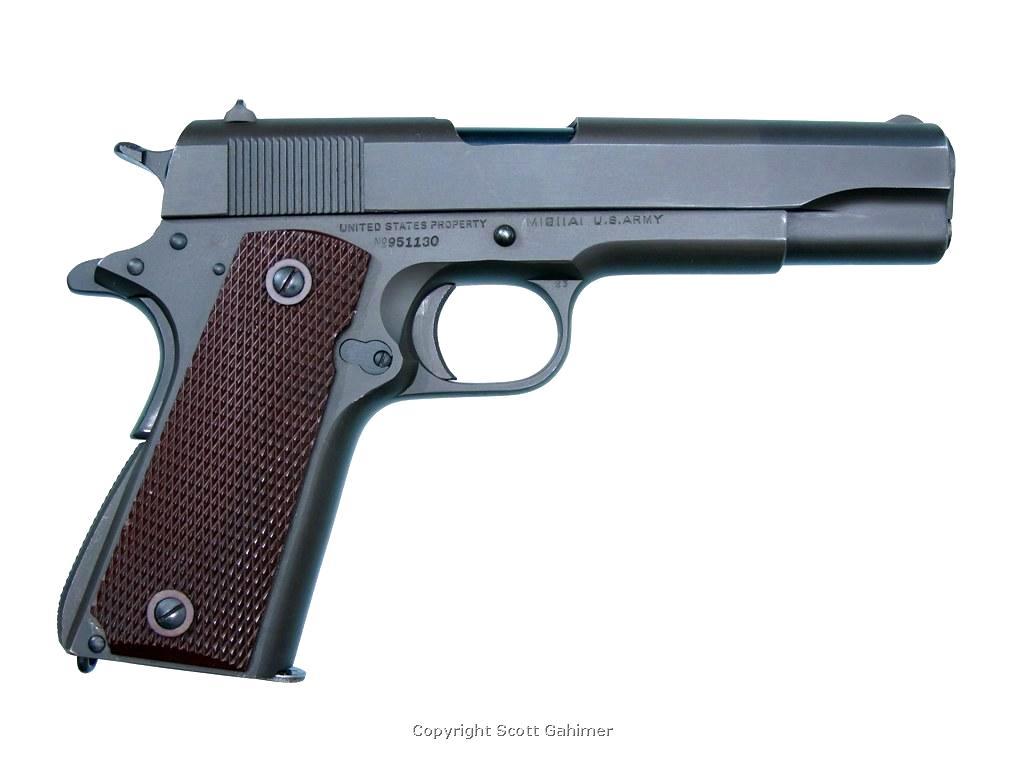
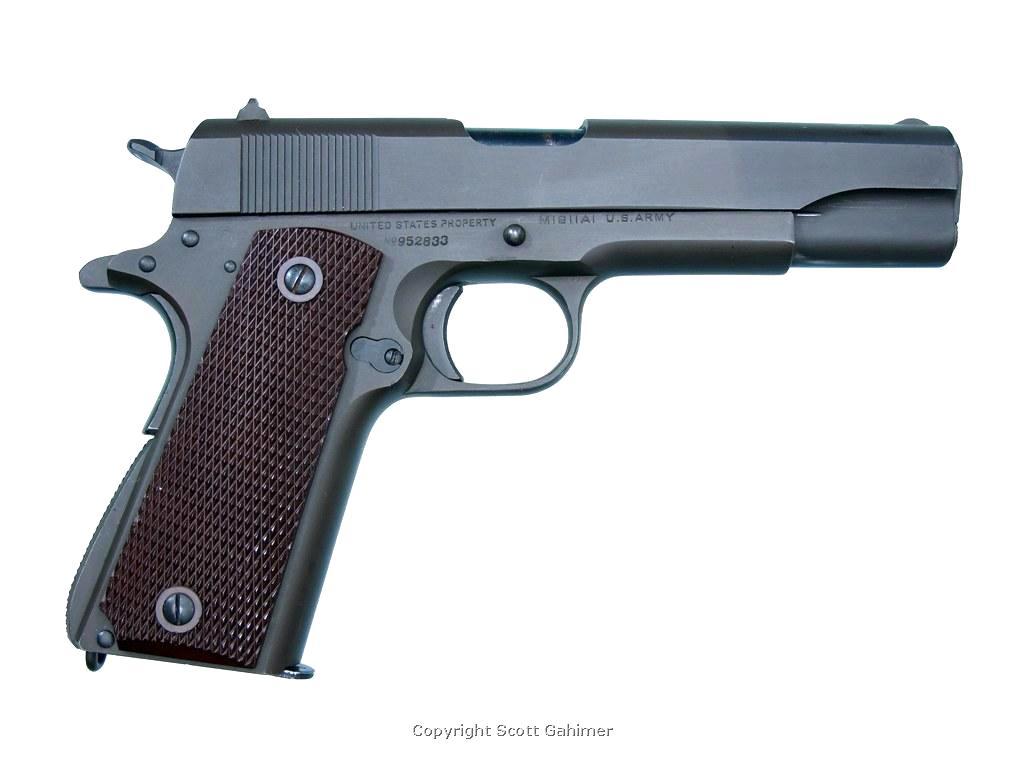
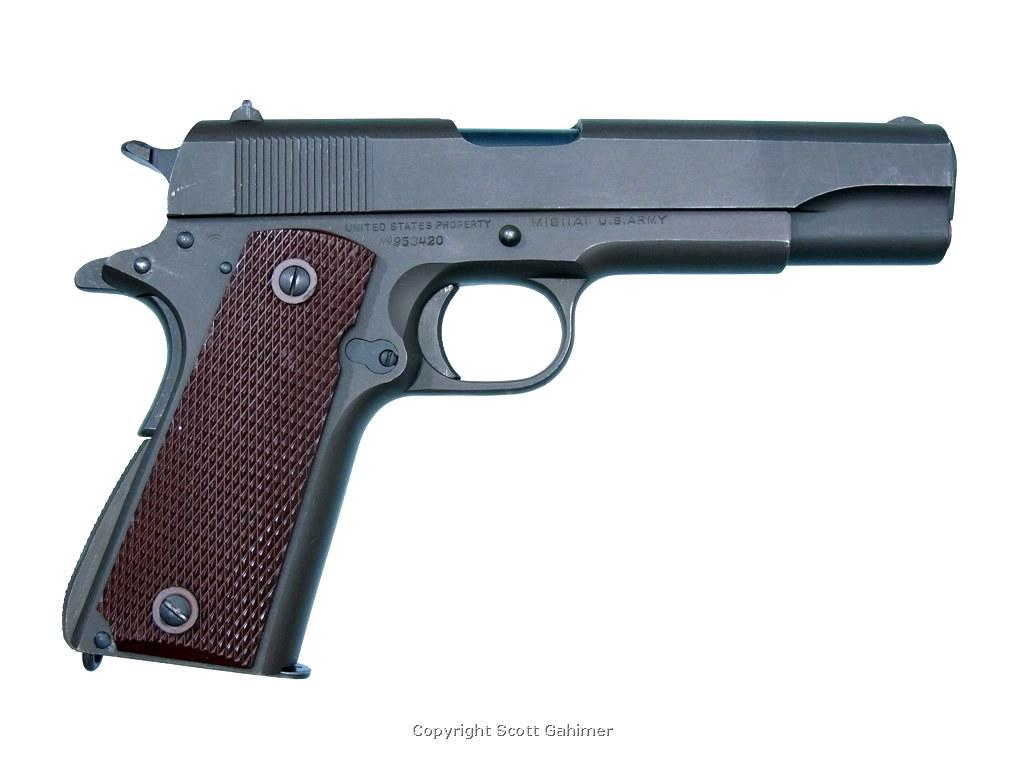
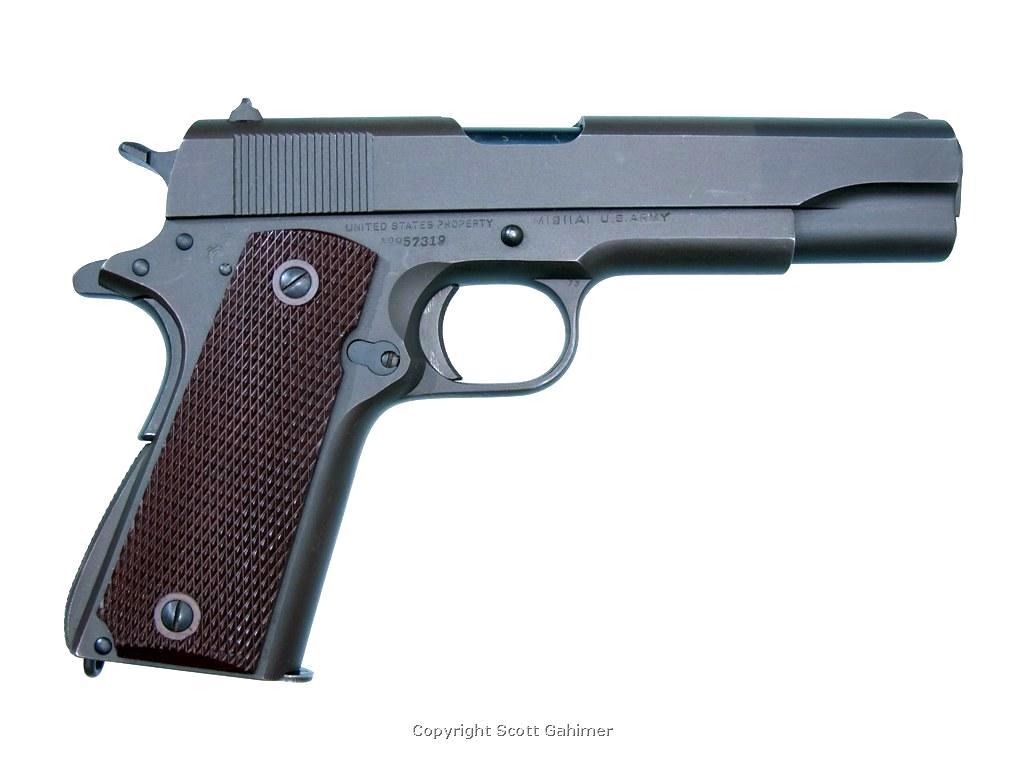
Information
 |
Warning: This is a relatively older thread
This discussion is older than 360 days. Some information contained in it may no longer be current. |
|
-
The Following 6 Members Say Thank You to Scott Gahimer For This Useful Post:
-
07-02-2012 01:48 PM
# ADS
Friends and Sponsors

-
FREE MEMBER
NO Posting or PM's Allowed

-
FREE MEMBER
NO Posting or PM's Allowed

Interesting about total interchangeability being achieved about the same time that the tolerances were relaxed to the point that Colt no longer felt it necessary to number the slides.
Other than a post WWII rework in which numbered slides would have been arsenal fit to other pistols including different manufacturer's, would a earlier numbered Colt slide interchange with say a Remington Rand frame if done randomly in the field during WWII? Perhaps a field armorer could accomplish this?
I know that Colt numbered slides were sometimes mated with Colt frames that were slightly off by a few numbers after leaving the Colt factory.
-
Legacy Member

I think, for the most part, interchangeability was pretty good, even on mismatched examples. However, there were always some examples on opposite ends of the scale that would not always properly function, and might require some fitting. I suspect Colt's tolerances were tighter on their numbered slide pistols, and that might create more problems interchanging with other manufacturers' parts.
The rate of production in 1943 was much higher than previous years of A1 production. Tighter tolerances surely required more time and labor to hand-fit pieces. Colt didn't have the additional time any longer, and I think that resulted in some sloppy fitting for a while. Not that the pistols were excessively loose, but that things just ended up not being properly fitted. Too tight on one, too loose on another.
Someone finally figured out slightly more rattle didn't hurt a thing. In fact, it led to interchangeability being achieved.
-
The Following 2 Members Say Thank You to Scott Gahimer For This Useful Post:
-
Contributing Member


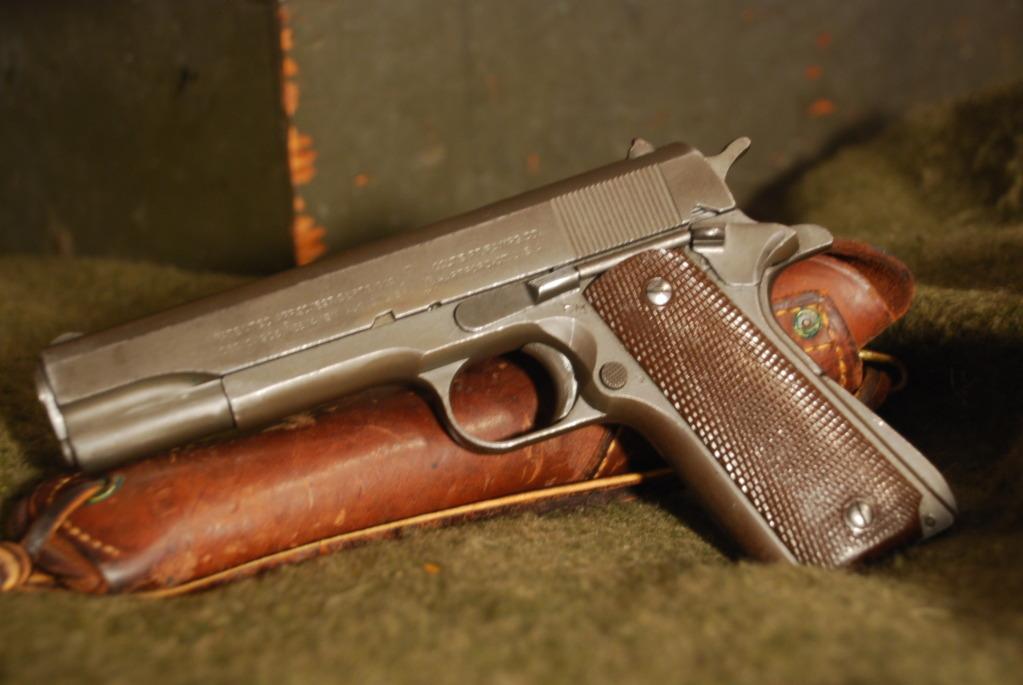 Not an expert but the Colt(fall of 43 slide)-Rem/Rand(spring of 43 frame) that I had my hands on for awhile that was an arsenal rework matted up and am told functions just fine. Whether they just slapped it together or had to tweak it I don't know.
Not an expert but the Colt(fall of 43 slide)-Rem/Rand(spring of 43 frame) that I had my hands on for awhile that was an arsenal rework matted up and am told functions just fine. Whether they just slapped it together or had to tweak it I don't know.
Last edited by DaveN; 07-04-2012 at 08:35 AM.
For all you members, $30(price subject to inflation) makes you a contributing member. I think this great site is worth it.
-
Thank You to DaveN For This Useful Post:
-
Legacy Member

I should probably clarify that prior to time the Pistol Committee reported that interchangeability had been achieved, there were interchangeability tests performed to identify pistols that would have been most likely a problem when parts were mated with parts of other pistols. I am confident that Ordnance standards in place throughout production resulted in the majority of pistols being fully interchangeable. "Achieving" interchangeability simply meant manufacturers had finally gotten to the place that interchangeability problems were essentially eliminated with new production pistols.
All pistols produced throughout production were required to meet the same standards to be passed and accepted by Ordnance inspectors. There were acceptable percentages of pistols/parts that would not fully interchange. The interchangeability tests were in place to monitor and quickly identify tolerance/inspection problems at the factories to avoid major interchangeability issues from ever developing. It was about improving the manufacturing process to supply the "best" service pistol to our troops. The best service pistol was not the tightest, most accurate pistol. It was the pistol that was accurate enough and was most interchangeable, should parts need to be swapped.
In 1943, we had four different pistol manufacturers producing M1911A1 pistols. By that time, Colt had evolved to the point they'd been expertly fitting/matching slides and receivers for a number of years to produce the most accurate, dependable pistol. Interchangeability, however, was not really a concern for the commercial market where slides and receiver were rarely swapped...except in the case of the Colt conversion units. I'm sure there were precise standards for the slides in the conversion units to ensure they'd fit and function on the vast majority of Colt receivers. There weren't 100 different commercial manufacturers of GM style pistols then, like there are today. So interchangeability issues had not been encountered up to that time.
There are so many different makers of M1911-style pistols today that I can assure you, if you were to run interchangeability tests on them, the problems encountered would be immeasurable compared to the problems the military encountered in 1943.
By the end of 1943, there were only 3 M1911A1 pistol producers left. No doubt, it helped to eliminate one producer. However, US&S was not known to have high rejection rates and probably was not responsible for most of the issues with interchangeability. Remington Rand had their fair share of problems initially, but by the fall of 1943, they were well on the way to producing perhaps the very best service pistol for the lowest cost. Ithaca was finally in full production and manufacturing nearly all their own pistol parts. It is understandable that there were likely interchangeability issues with receivers and slides fully manufactured by Ithaca at that time.
However, Colt was in a class of their own. They'd been producing pistols far longer than the others. They'd concentrated on mastering tight fits for maximum accuracy. Pistol actions and components were so tightly fitted, slides and frames were numbered to ensure the very best performance and reliability. Each manufacturer struggled with higher production requirements. They all experienced problems at various times in production. Getting all the manufacturers on the same page at the same time to produce pistols that would essentially fully interchange was a challenge.
When Colt relaxed their tolerances to the point they no longer were required to number slides, that simply seems to be the point where things finally came together regarding interchangeability.
Last edited by Scott Gahimer; 07-04-2012 at 11:37 AM.
-
The Following 3 Members Say Thank You to Scott Gahimer For This Useful Post:
Tisdale, a WWII Destroyer Escort that served in the Pacific. I purchased that pistol from a seller about 150 miles from where that ship was reported docked and stripped, as the ship was being decommissioned and was going to be scrapped.
 Information
Information

















 PM
PM





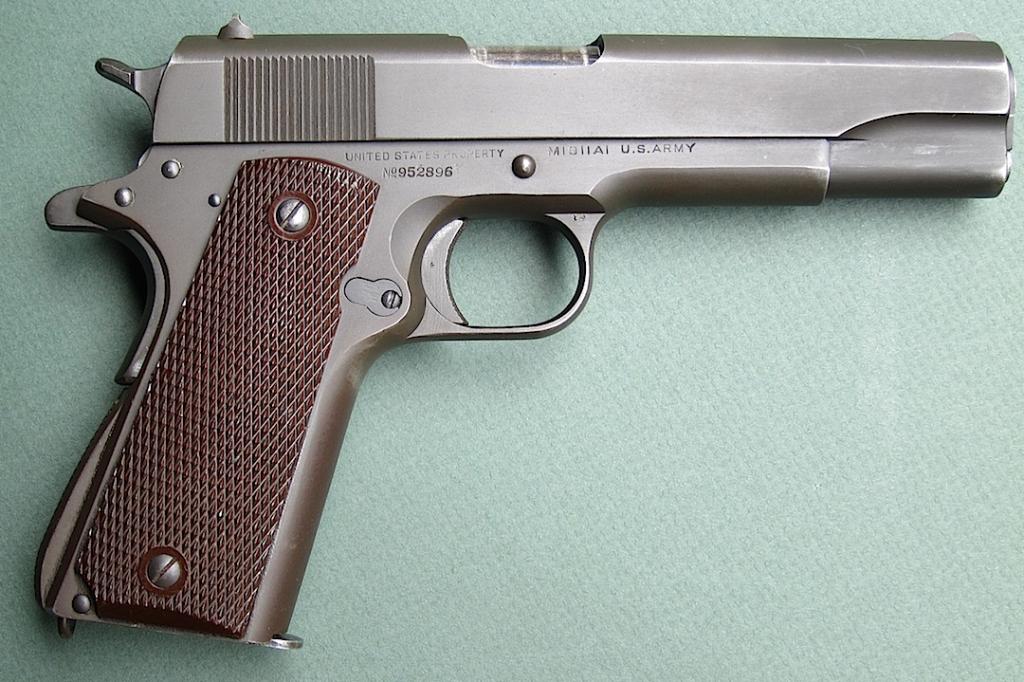
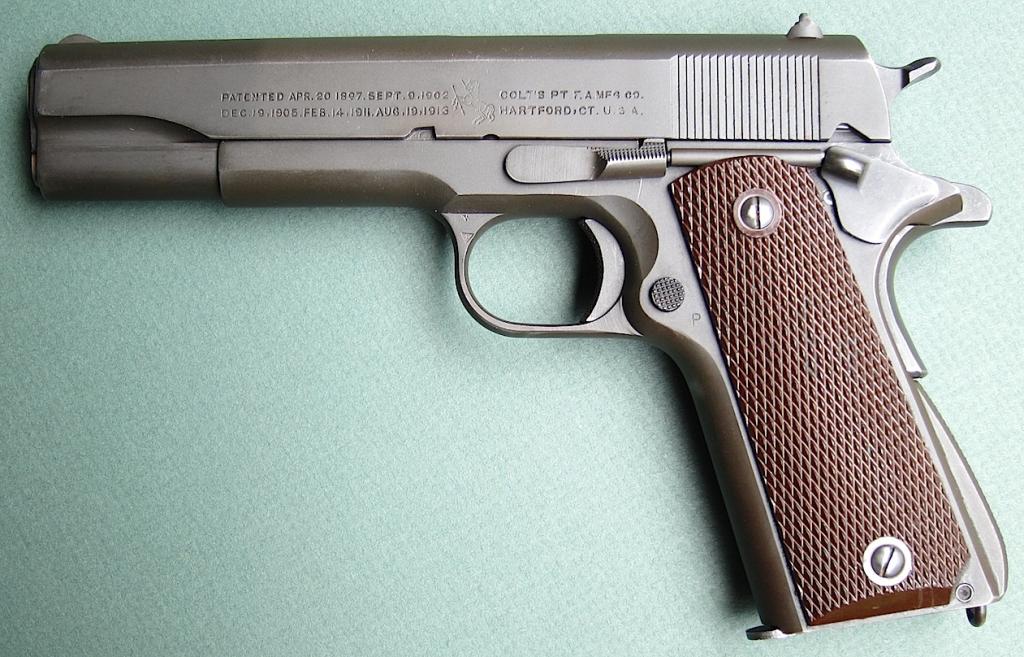
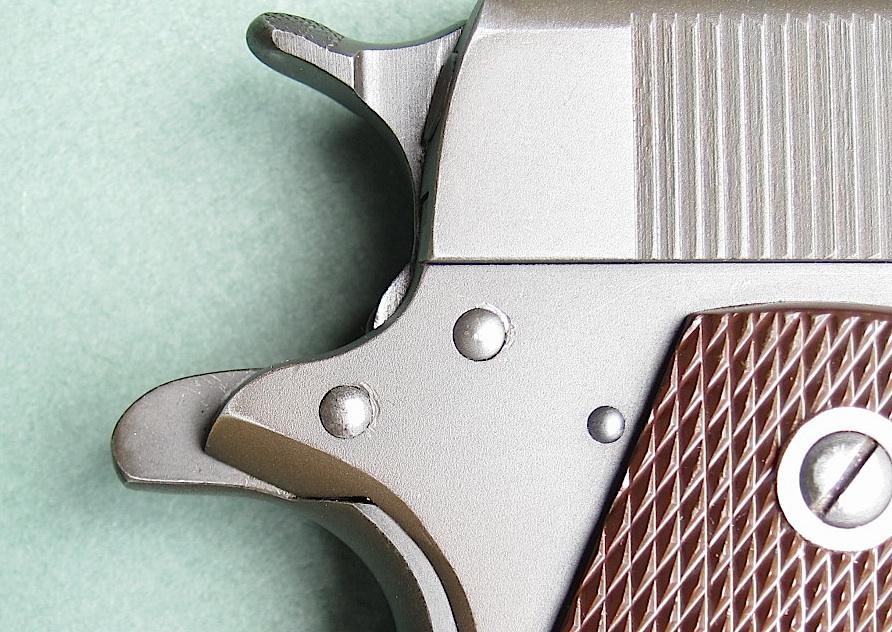
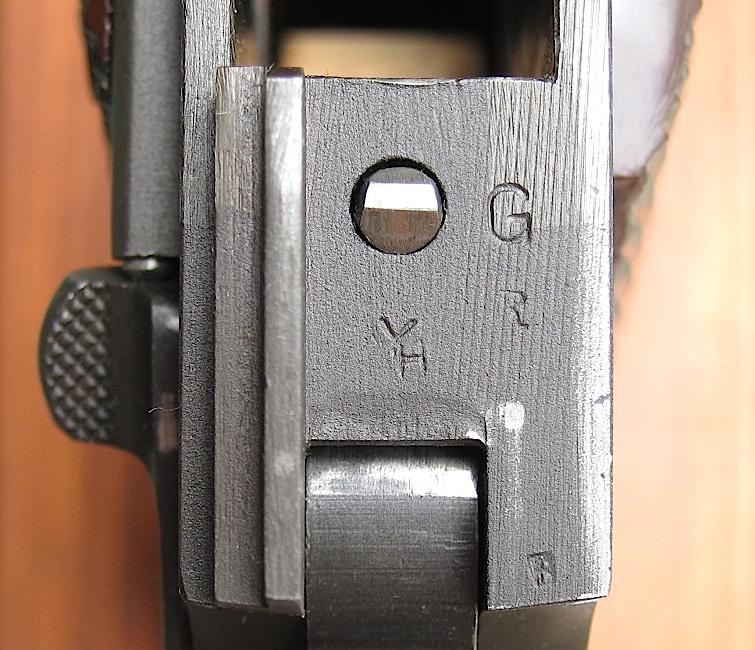


 Not an expert but the Colt(fall of 43 slide)-Rem/Rand(spring of 43 frame) that I had my hands on for awhile that was an arsenal rework matted up and am told functions just fine. Whether they just slapped it together or had to tweak it I don't know.
Not an expert but the Colt(fall of 43 slide)-Rem/Rand(spring of 43 frame) that I had my hands on for awhile that was an arsenal rework matted up and am told functions just fine. Whether they just slapped it together or had to tweak it I don't know.

